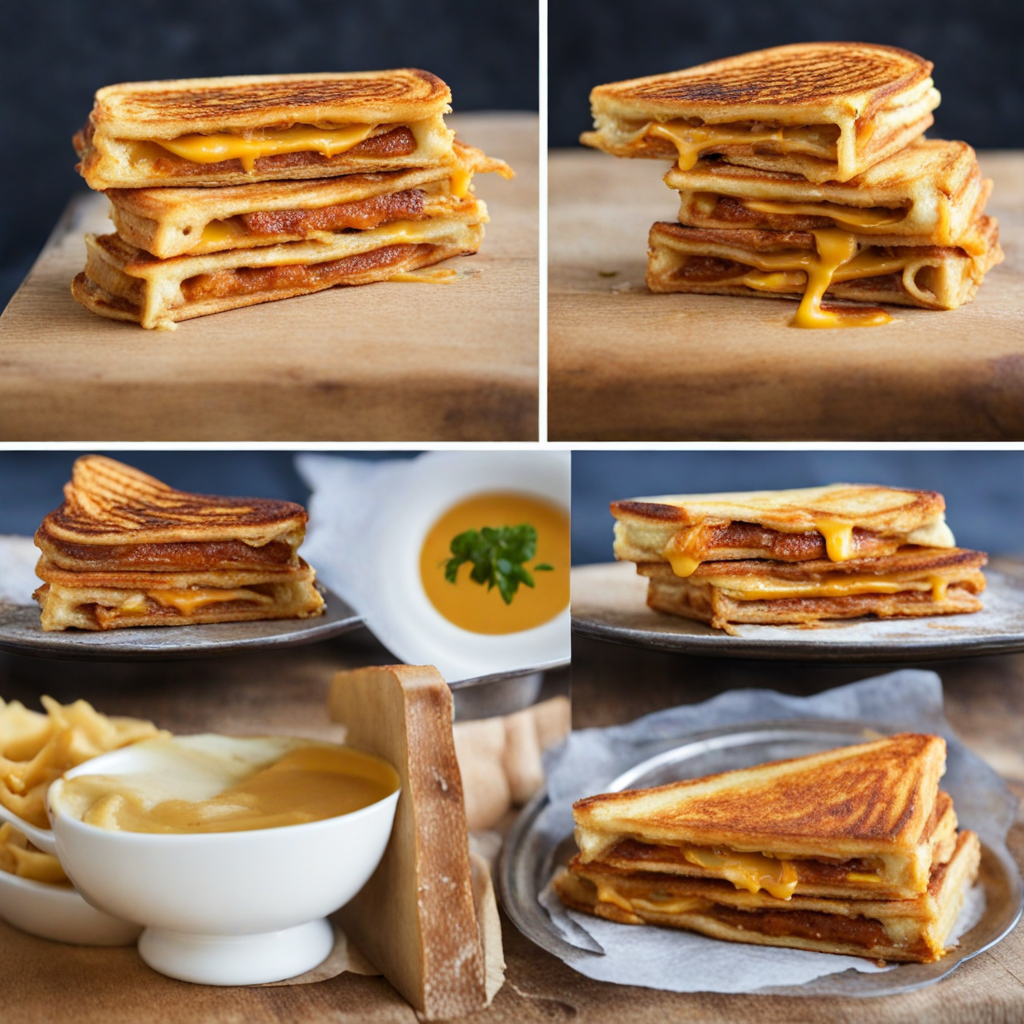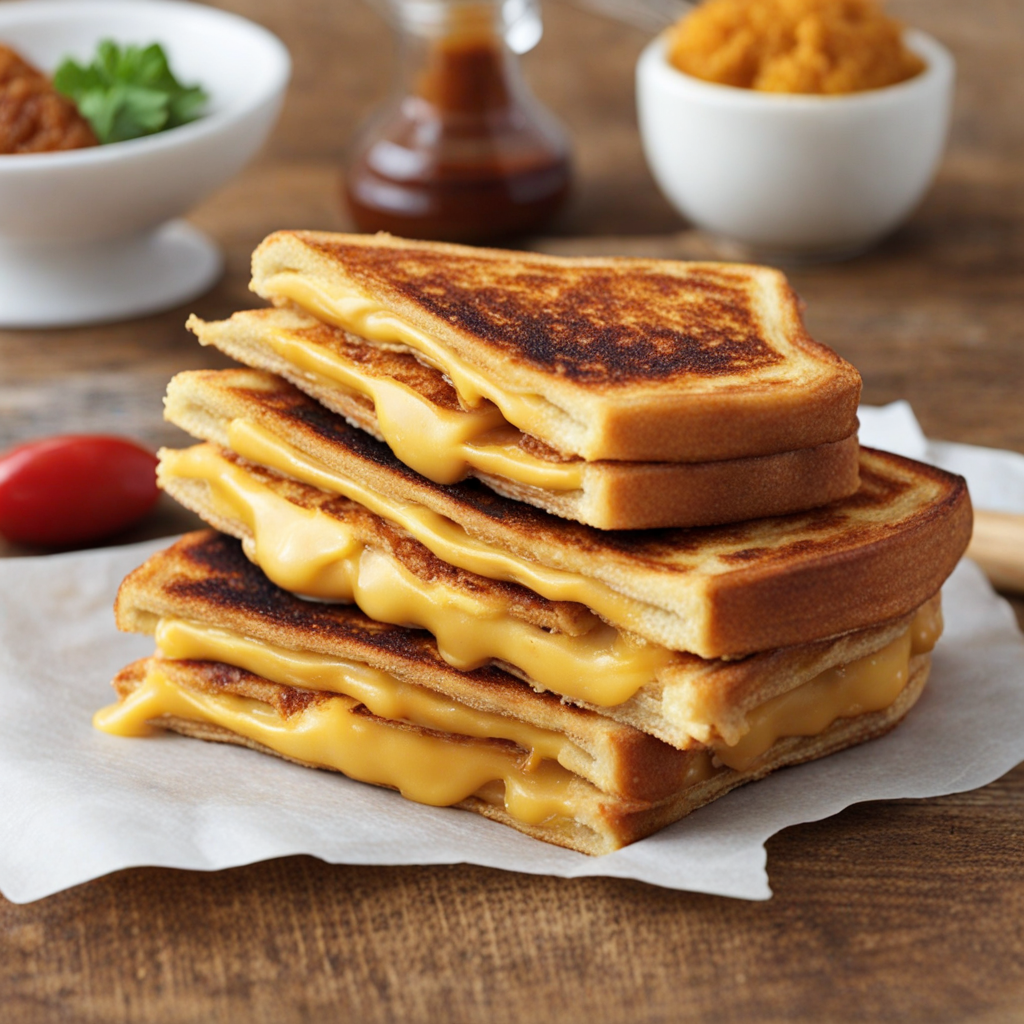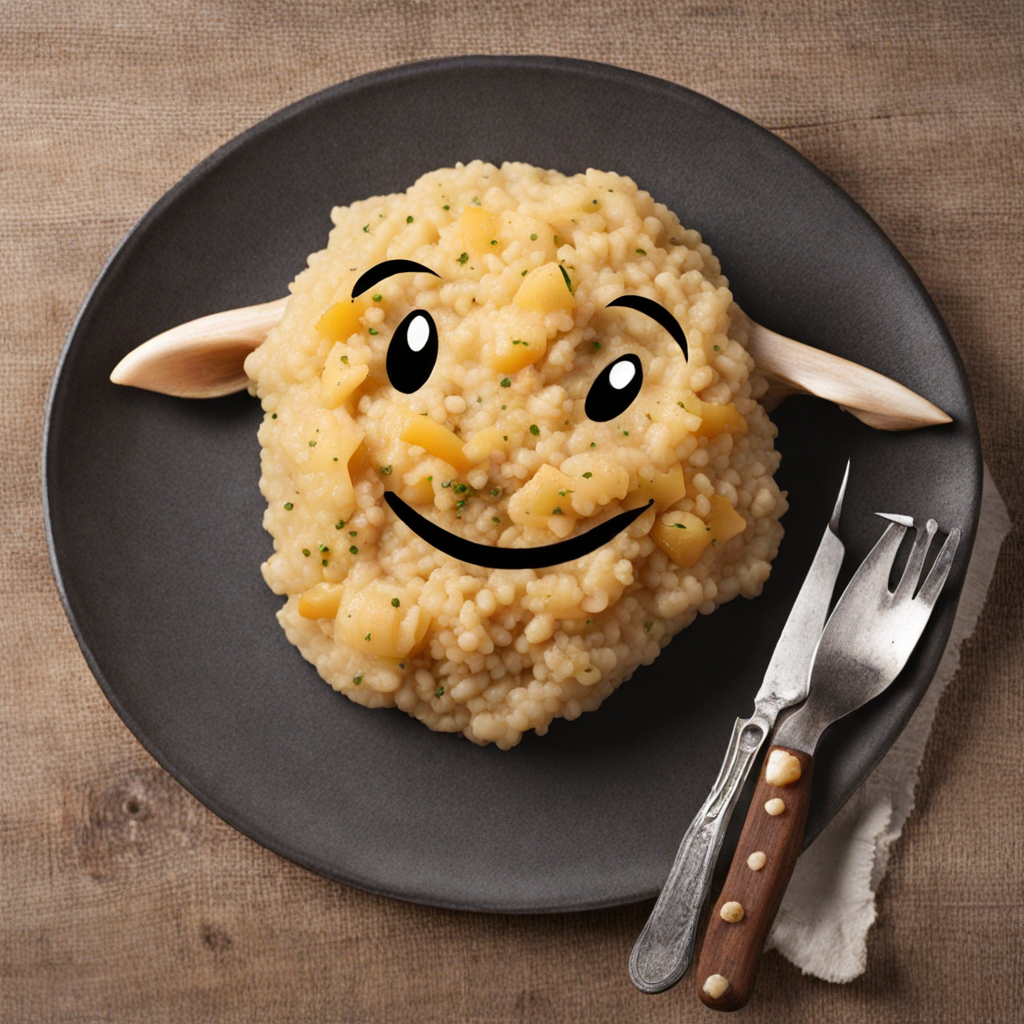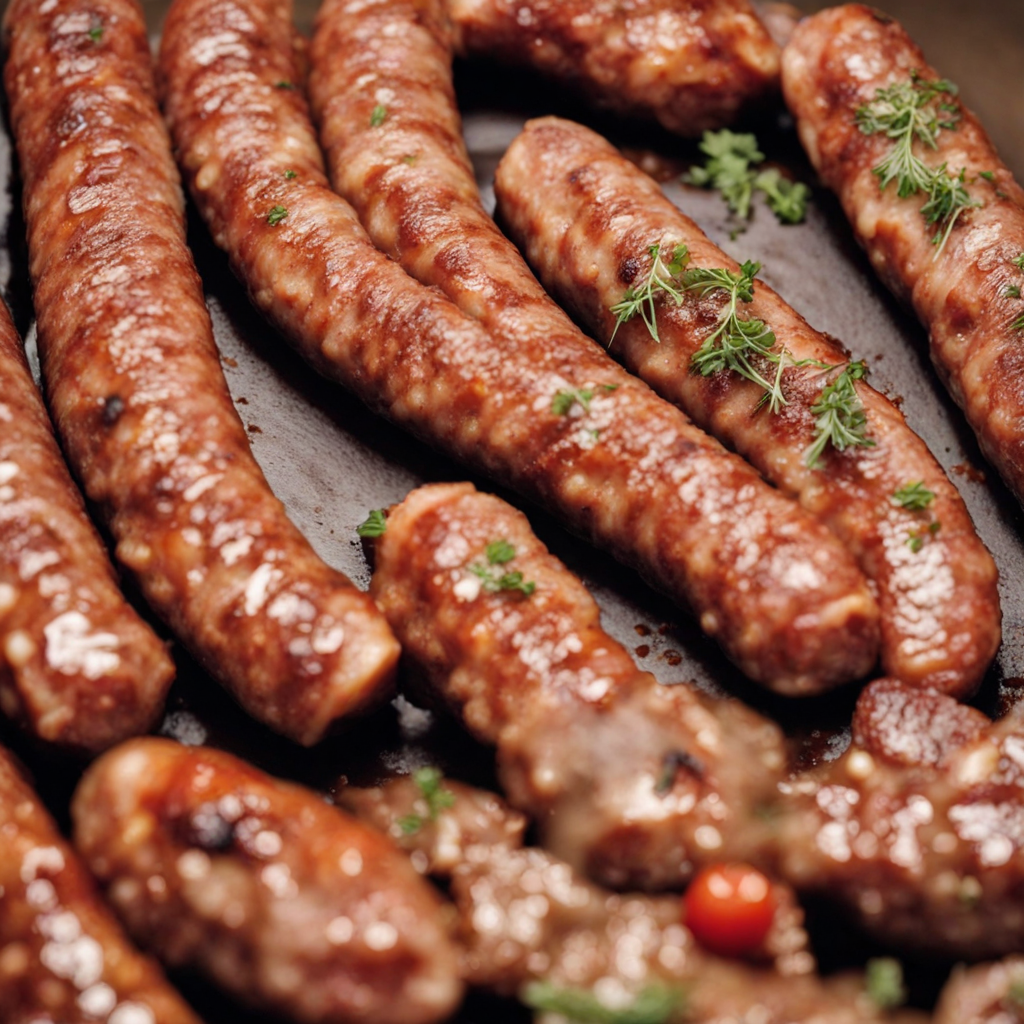Jaffle
Jaffles are a delightful South African street food that boasts a unique combination of simplicity and flavor. Essentially, a jaffle is a toasted sandwich made by sealing fillings between two slices of bread and cooking it in a jaffle iron or sandwich press. The result is a crispy, golden-brown exterior that encases a warm, gooey filling. This versatile dish can be adapted to suit any palate, with common fillings including cheese and tomato, savory meats, or even sweet ingredients like chocolate and banana for dessert versions. The joy of jaffles lies in their satisfying crunch and the comforting experience of biting into a melty, flavorful center. The preparation of jaffles is both straightforward and fun, making them a popular choice for gatherings and outdoor events. The bread used is typically white or whole wheat, which crisps up beautifully when grilled. As you bite through the crisp crust, you experience the perfect balance of textures and flavors that the fillings provide. Whether you prefer a classic cheese jaffle that oozes with melted cheese or a more adventurous combination like pulled pork and barbecue sauce, each bite offers a hearty and satisfying experience. Jaffles are not just a meal; they are a cultural experience that brings people together. Often enjoyed at braais (barbecues) or family picnics, they evoke a sense of nostalgia and warmth. The communal aspect of sharing jaffles, along with the variety of creative fillings, allows for endless experimentation and personalization. Whether enjoyed as a quick snack or a full meal, jaffles are a staple of South African cuisine that invites everyone to discover a new taste sensation.
How It Became This Dish
The History of the Jaffle: A South African Culinary Delight #### Origins The jaffle, a beloved South African comfort food, traces its roots back to the simple yet ingenious concept of encasing flavorful fillings between two slices of bread and toasting them in a specialized iron. Although the term "jaffle" is primarily used in South Africa, the concept of stuffed bread has a far more extensive history that spans various cultures and continents. The name "jaffle" is derived from the Jaffle Iron, a hinged utensil that originated in the 19th century. This cast-iron cooking tool was designed to toast and seal sandwiches over an open flame, making it particularly popular among campers and outdoor enthusiasts. The jaffle iron became a staple in many households as it offered a convenient way to create a hearty meal with minimal effort. Historical evidence suggests that the jaffle iron may have been inspired by similar cooking devices from Europe, such as the Dutch "tosti" and the British "toastie." However, the jaffle, as we know it today, began to take shape in South Africa, particularly during the early to mid-20th century. The country's diverse culinary landscape, influenced by indigenous populations, Dutch settlers, and British colonizers, provided a fertile ground for the development of this tasty snack. #### Cultural Significance In South Africa, the jaffle transcends mere nourishment; it carries a sense of nostalgia and community. Traditionally enjoyed during outdoor activities like picnics, braais (barbecues), and camping trips, jaffles often evoke memories of family gatherings and shared experiences. The process of preparing jaffles—filled with a variety of ingredients and toasted to golden perfection—often becomes a communal activity that brings people together. Culturally, jaffles are emblematic of South Africa's melting pot of traditions. The fillings can vary widely, reflecting the country's rich tapestry of flavors. From classic combinations like cheese and tomato to more adventurous options such as biltong (dried cured meat) and chutney, jaffles cater to diverse palates and preferences. This versatility has made the jaffle a canvas for culinary creativity, allowing cooks to experiment with local ingredients and traditional flavors. #### Development Over Time The evolution of the jaffle reflects broader trends in South African cuisine and society. Initially simple in preparation, the jaffle has grown to incorporate a range of ingredients, techniques, and even fusion styles. As South Africa became more urbanized in the late 20th century, the jaffle adapted to changing lifestyles. No longer limited to outdoor cooking, they began appearing in cafes and street food stalls, catering to the fast-paced lives of city dwellers. In the late 20th and early 21st centuries, the jaffle experienced a renaissance, fueled by a growing interest in comfort food and nostalgia for traditional meals. Chefs and home cooks alike began to experiment with gourmet fillings, elevating the humble jaffle to new culinary heights. Ingredients such as gourmet cheeses, artisanal breads, and exotic sauces found their way into jaffles, appealing to a more discerning palate. Moreover, with the rise of food trucks and casual dining establishments, the jaffle became a popular street food item, often served alongside dips and sides that complemented its rich flavors. This shift not only democratized gourmet cooking but also solidified the jaffle's status as a quintessential South African dish. #### Contemporary Jaffle Culture Today, the jaffle is celebrated not only for its deliciousness but also for its cultural significance. It is not uncommon to find jaffle-making workshops and pop-up events in urban areas, where participants can learn the art of crafting the perfect jaffle. These events often highlight the importance of local ingredients and sustainable cooking practices, reinforcing the jaffle's ties to both tradition and modern culinary trends. Social media has also played a role in the popularity of the jaffle. Food bloggers and influencers showcase their unique jaffle creations, sparking interest and encouraging experimentation among home cooks. The hashtag #jaffle has gained traction on platforms like Instagram, where users share photos of their inventive takes on this classic dish. This online presence has helped to create a sense of community among jaffle enthusiasts, fostering a shared appreciation for this simple yet satisfying food. Furthermore, as South Africa grapples with its complex history and evolving identity, the jaffle stands as a symbol of unity and diversity. The myriad fillings and preparation styles reflect the country's various cultures and traditions, making the jaffle a dish that can be enjoyed by all South Africans, regardless of their background. #### Conclusion The jaffle is more than just a delicious food item; it is a representation of South African identity and culture. From its humble beginnings as a campfire meal to its current status as a trendy street food, the jaffle has undergone significant evolution while maintaining its core essence. It is a dish that brings people together, evokes memories, and allows for personal expression through food. As South Africa continues to evolve, so too will the jaffle, adapting to new culinary influences and trends while remaining firmly rooted in its historical and cultural significance. Whether enjoyed in a bustling city café or around a campfire in the countryside, the jaffle is a testament to the power of food in fostering connection, creativity, and community.
You may like
Discover local flavors from South Africa







